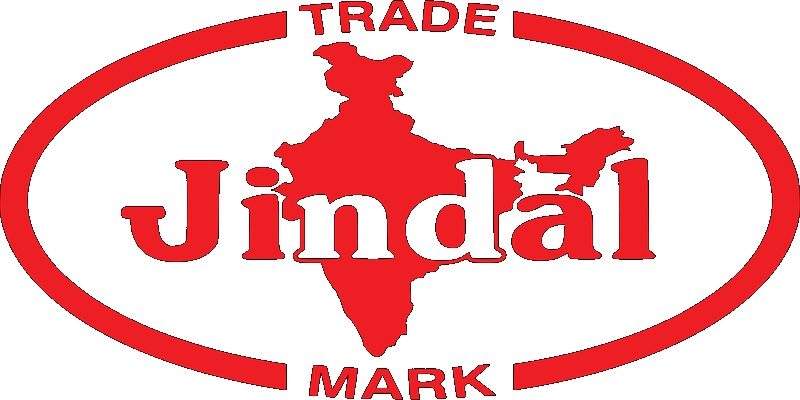Schedule a Call Back
Transportation: An effective aid to green supply chain
 Articles
Articles- Jul 01,19

Related Stories
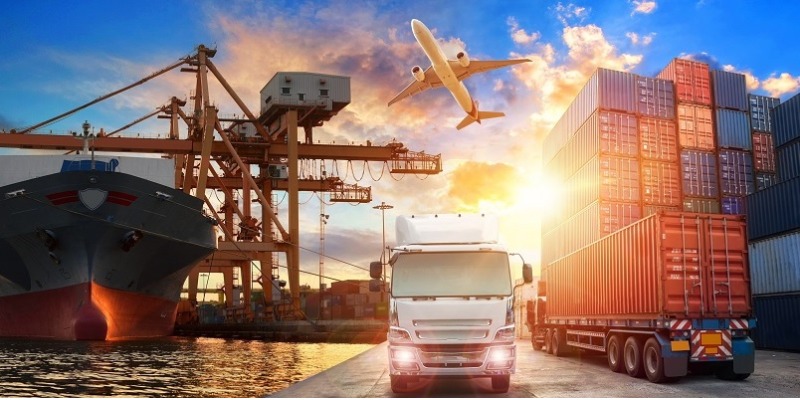
Four logistics trends that can make supply chains cost-effective
To bring down the logistics cost from 14 per cent of the GDP to 10 per cent by 2022, the Indian supply chain networks need a plan to become an integrated and efficient distribution model that can ef..
Read more
Five key learnings from COVID 19 for Indian logistics sector
Logistics and supply chain sector, although active through-out the national lockdown, has suffered a series of challenges. Aditya Vazirani shares a few learnings that one needs to implement to be mo..
Read more
Top four tips to manage supply chain in the times of COVID 19
COVID 19 pandemic has forced companies to adopt a new supply chain model that is more agile, with a focus on optimisation and non-linear operations, says Aditya Vazirani.
Read moreRelated Products
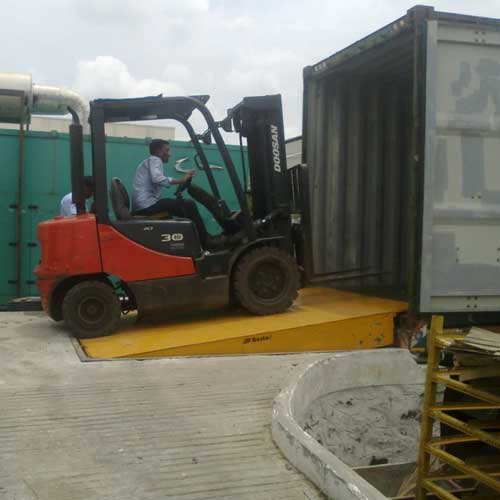
Dock Leveller
Besto Material Handling Equipments offers a wide range of dock leveller.
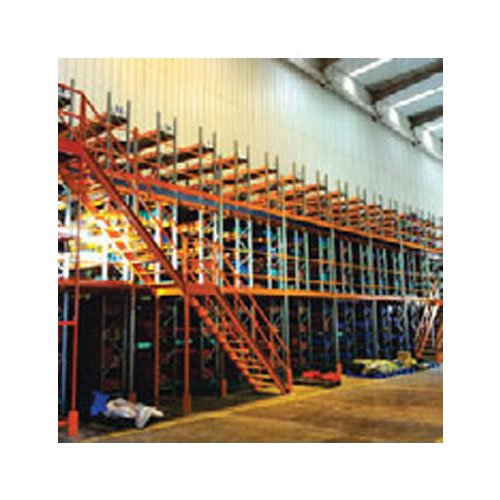
Multi Tire
SCI Storage Solution offers a wide range of multi tire.
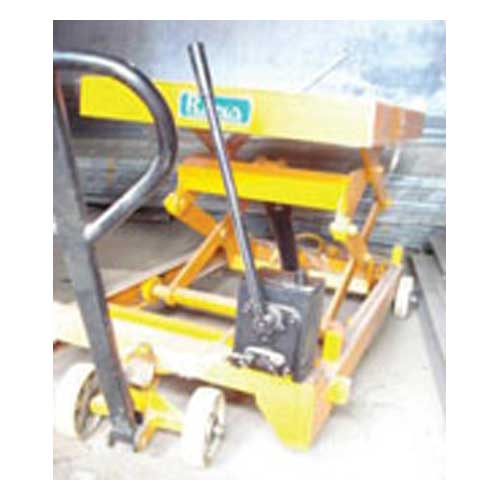
Industrial Lifting Equipment
Rana Material Handling Equipments Pvt Ltd offers a wide
range of industrial lifting equipment.






